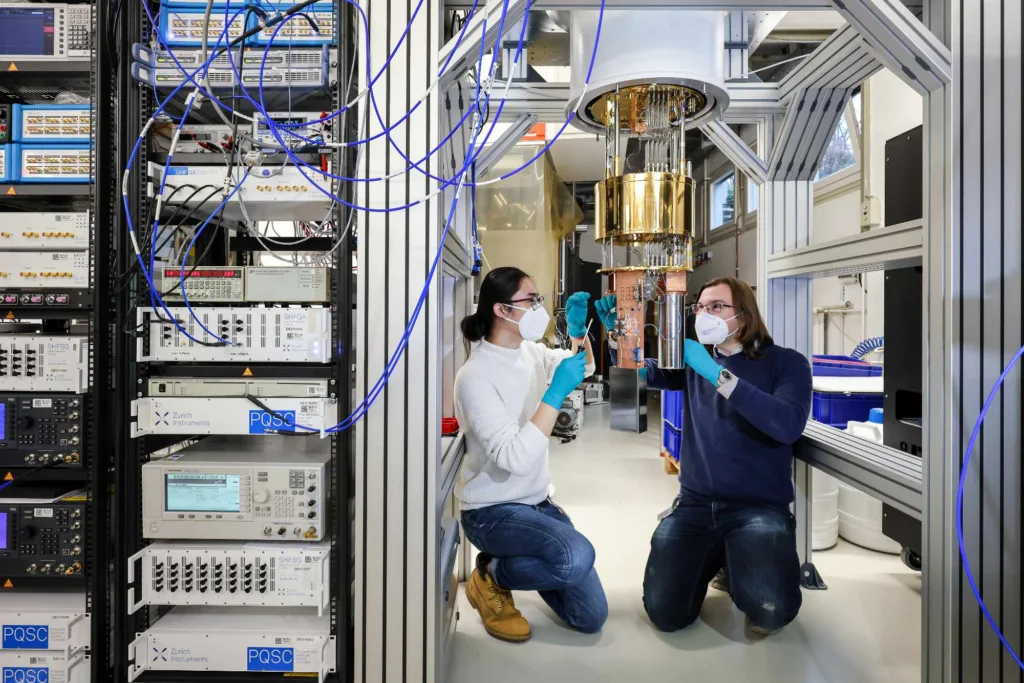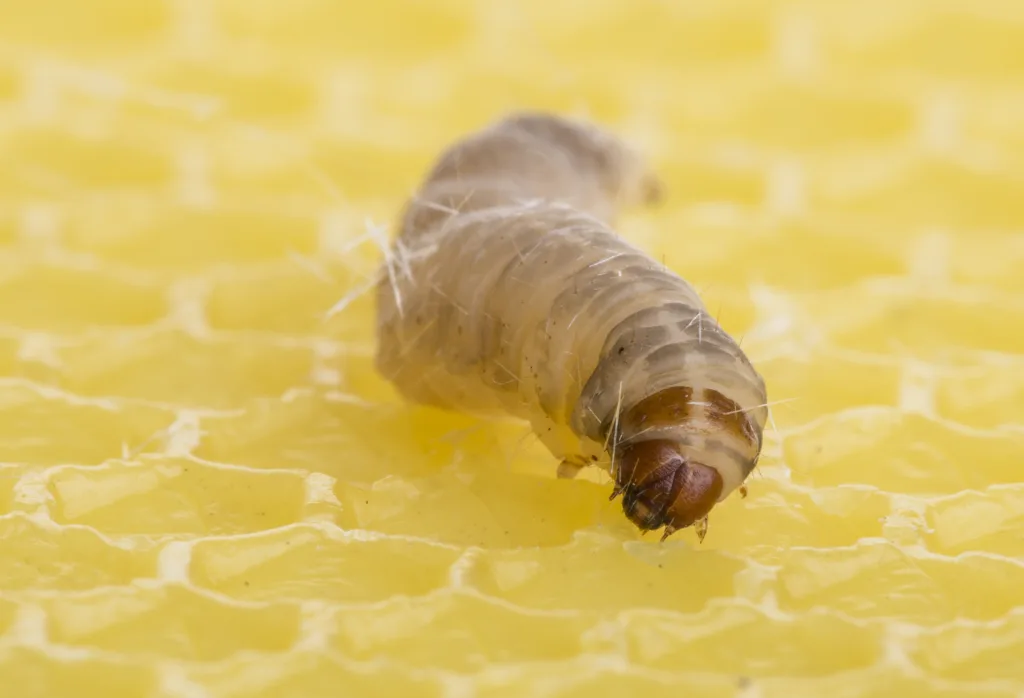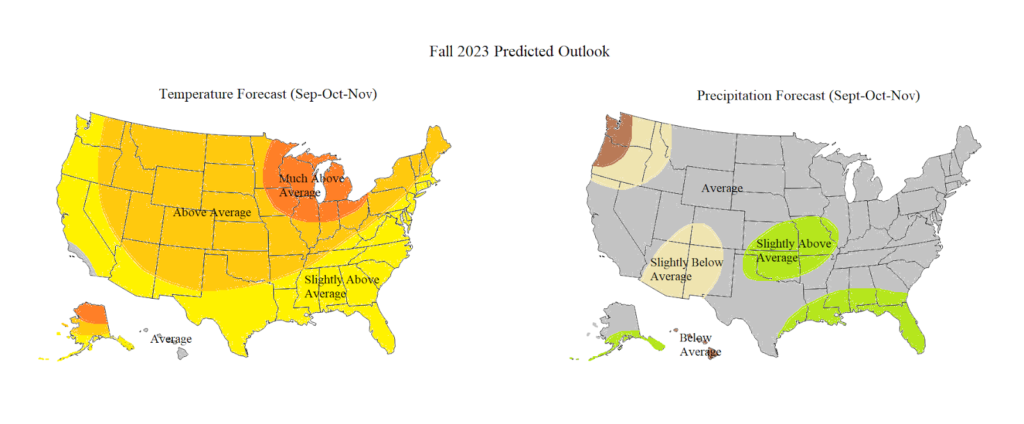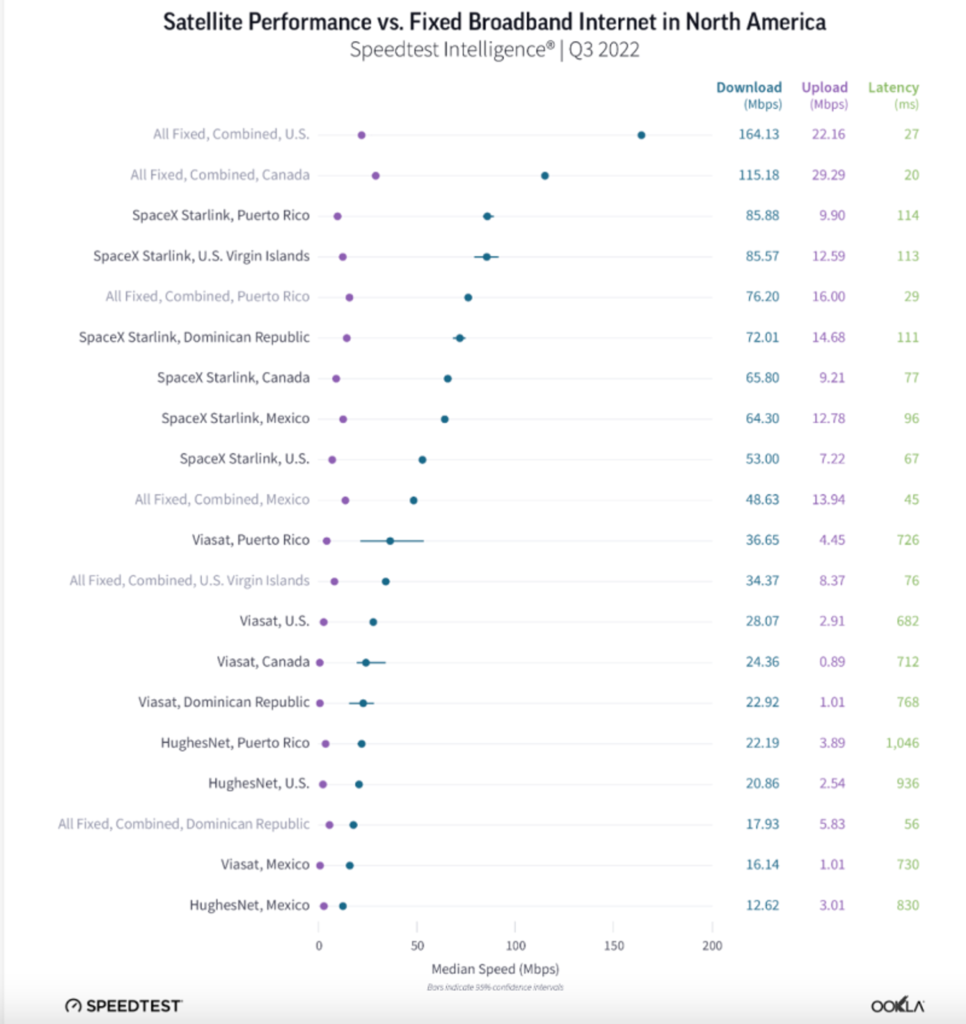Tardigrades: microscopic animals that can survive space, and now can they help treat cancer?
What are Tardigrades?
Tardigrades, also known as water bears, are microscopic, aquatic animals that are only about .5 mm long. They thrive in mosses and lichens, but they can survive in any environment, from temperatures near absolute zero to being near volcanic ocean vents.
They were discovered in 1773 by Johann August Ephraim Goeze, a German zoologist, who called them “little water bears” due to their appearance. Shortly after that, Lazzaro Spallanzani, an Italian scientist, named them “tardigrada,” or “slow steppers.”
These little creatures may look cute and squishy, but they have a hard cuticle around them, like grasshoppers do, that they have to shed in order to grow. Additionally, they’re something between an arthropod and a nematode, so their classification is often debated amongst scientists.
One thing is for sure though, and that is that these creatures are very strange, between having a hydrostatic skeleton instead of bones and ventral nervous system instead of a spinal cord. Another thing we know is that they will probably outlast humans, as they’ve been around since about 400 million years before the dinosaurs and the species has also been able to survive every one of the five mass extinction events that have happened.
Scientists have only just started researching these little creatures to see what makes them so tough, and they’re making surprising discoveries about this almost unkillable creature and how it could have life-saving impacts.
Their “Superpowers”
Scientists have really been putting tardigrades to the test over the last few decades. For example, they have had them survive at .05 Kelvin and at temperatures as high as 150 degrees Celsius. Also, they’ve survived 40,000 kilopascals of pressure. That’s as much pressure as 80 elephants! When scientists shot them out of a high speed gun, they also survived speeds of about 3,000 feet per second.
Despite their ability to survive these environments, they don’t thrive there. In fact they are far from immortal and only live for a few months while they are in their active state. However, they usually have long periods where they “die.” This is called their “tun” state and it happens when they are away from water. In this state, they stop metabolizing and shrink. Whenever they are exposed to water again, they then go back to their metabolizing state.
This process where they suspend their metabolism for only a period of time is called cryptobiosis. Tardigrades can stay in their “half-dead” state for over 30 years. There is also a debate over if this “half-dead” state is actually them being dead because in their “tun” state, they are no different from dead matter.
In another experiment, they sent tardigrades to space and put them into space’s vacuum for ten days. Once they returned to Earth, they only had to be rehydrated to become reanimated again. Through experiments like this, researchers have found that tardigrades can survive 2,000 to 3,000 times more radiation than humans.
Applications
These “superpowers” that tardigrades have can be applied to people’s everyday lives, although a lot of ideas are still under development. First of all, because they can survive very low temperatures, scientists are looking to use their hardy proteins for vaccines because, as many people learned during the pandemic, a lot of vaccines have to be stored at low temperatures, which makes distribution difficult.
Researchers also think that they can use tardigrades that have been mashed into a paste to make a kind of sunscreen. They were inspired to do this in 2020 when they found that tardigrades can survive a lot of ultraviolet radiation because they emit the longer wavelengths of light while absorbing the shorter ones. So, scientists made tardigrades into a paste which they put on worms. This paste made the worms able to survive a lot more ultraviolet radiation than normal.
Some other applications span from creating more drought resistant crops to protecting astronauts from radiation damage. However, the focus of recent tardigrade research has been treating cancer.
In all, about 60% of cancer patients in America use radiation therapy as a means to help them beat their cancer. However, this radiation can harm the DNA inside the cancer cells and inside healthy cells too. This can hurt patients’ quality of life by making basic tasks such as eating difficult due to swelling. Because of these damaging side effects, a lot of patients either stop or delay treatment.
A team supported by the National Institutes of Health was inspired by tardigrades’ hardiness, especially their protein that suppresses damage called Dsup. Dsup is able to keep DNA strands from breaking, so researchers made nanoparticles with mRNA that carry instructions to make the Dsup protein. They used mRNA instead of DNA because it only expresses the Dsup protein temporarily instead of incorporating it into the genome of a cell.
In February of 2025, this team published what they found, which was that with this mRNA, Dsup was brought to healthy tissues to minimize the damage of radiation treatment. To test this method, scientists used mice. In these mice, they found that the production of Dsup peaked six hours after it was injected and this peak was followed by a decline that ended about four days after injection, leaving no Dsup behind in the mouse. In mice where they injected the Dsup into them before radiation therapy, there was significantly less DNA breakage.
In the mice, the amount of DNA that was broken by radiation was reduced by 50%. Thankfully, these effects were contained to the place that was injected, which means that these particles are not likely to accidentally protect tumor cells. The problem that scientists will have to solve now is how to not cause an immune response in humans because using tardigrade’s original protein could do that. Despite this problem, it shows promise as a way to protect patients while they are getting treated for cancer.
Conclusion
Tardigrades are an example of how even the smallest creatures can be the toughest and have the greatest impact. So, next time you are looking at moss on a log, think about how there could be thousands of lifesaving creatures right there. Overall, tardigrades really are wonders of the microscopic world, and hopefully, someday, they will make space travel more possible and cancer more treatable.
References:
National Institutes of Health. (2025, March 25). Tiny tardigrades may hold clues to cancer care. National Institutes of Health. Retrieved March 30, 2025, from https://www.nih.gov/news-events/nih-research-matters/tiny-tardigrades-may-hold-clues-cancer-care#:~:text=Researchers%20found%20that%20a%20protein,radiation%20therapy%20to%20treat%20cancer
Robertson, L. (2022, October 18). Everything you need (and want) to know about tardigrades. Front Line Genomics. Retrieved March 30, 2025, from https://frontlinegenomics.com/everything-you-need-and-want-to-know-about-tardigrades/
Trafton, A. (2025, February 26). A protein from tiny tardigrades may help cancer patients tolerate radiation therapy. MIT News. Retrieved March 30, 2025, from https://news.mit.edu/2025/tiny-tardigrades-protein-may-help-cancer-patients-tolerate-radiation-therapy-0226










